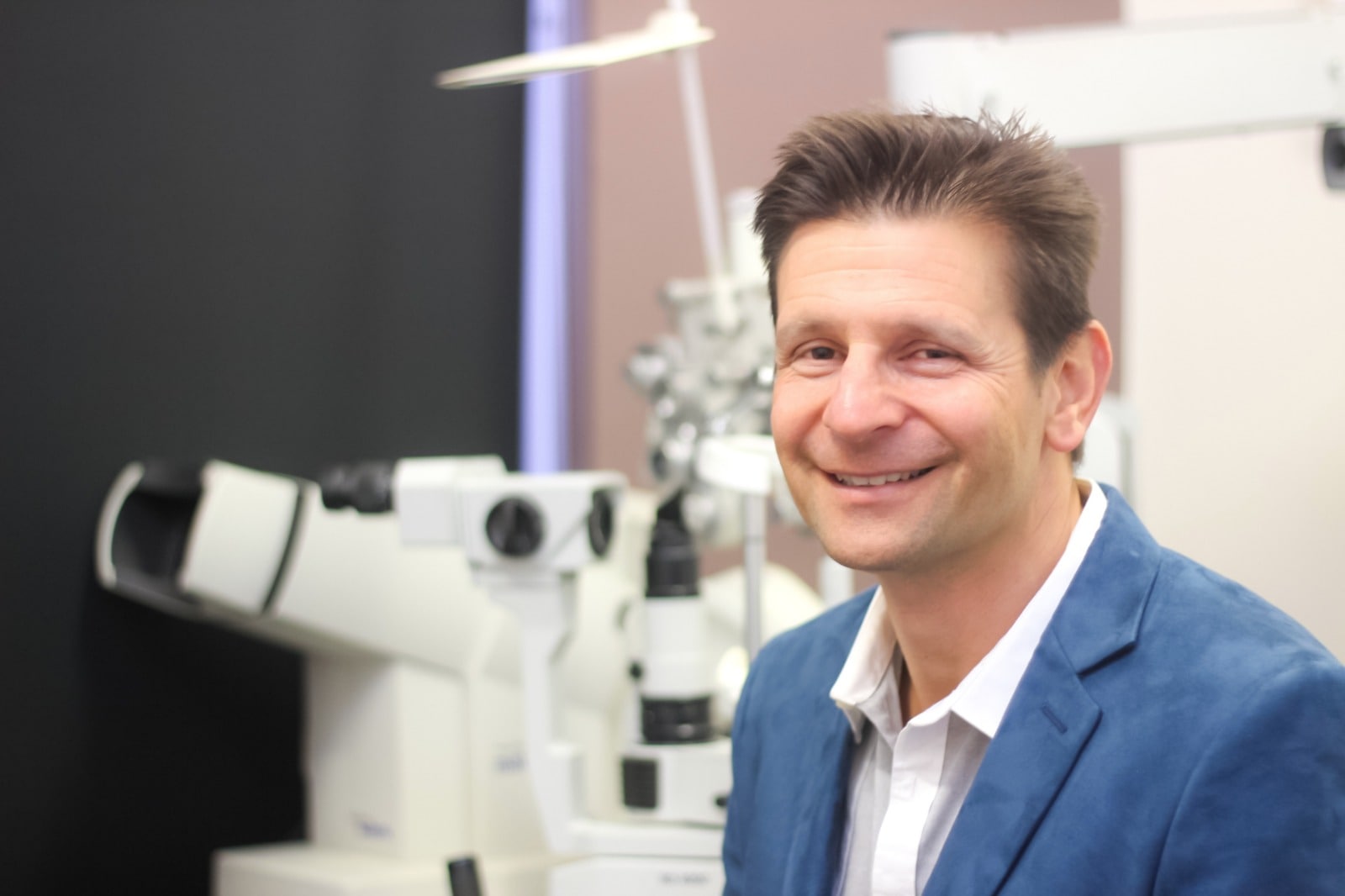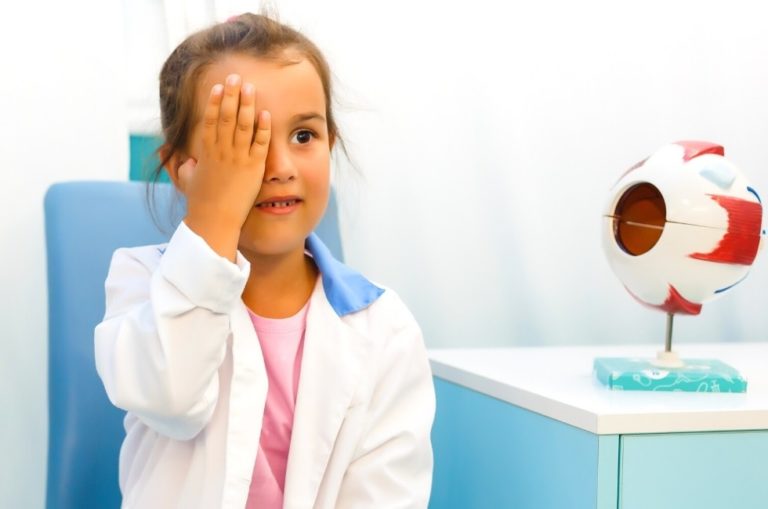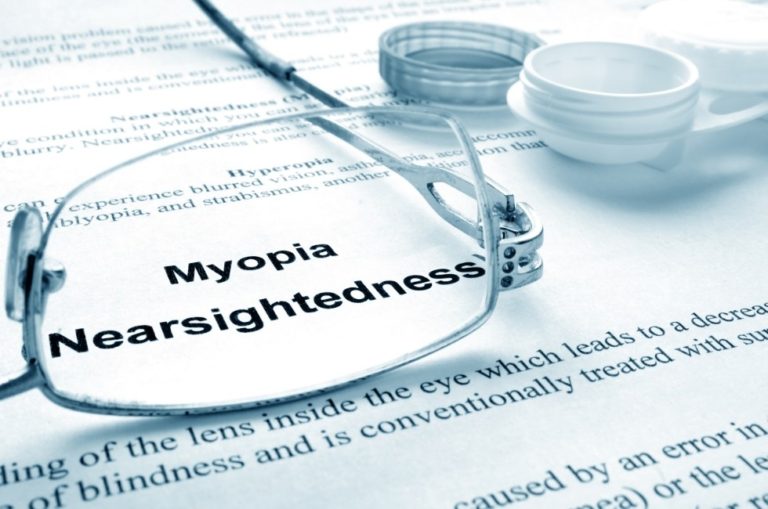Myopia, or nearsightedness, the visual impairment which causes people to have clear vision when viewing something close up, and see anything further away as a blur, has been affecting more and more people over the past few decades, and there’s no indication this pattern is likely to change. While some optometrists suggest it is reaching epidemic status, leading Australian behavioural optometrist Gary Rodney says it has also resulted in more studies and research which could give better insight into what causes myopia, how to lessen its impact, and slow its progression.
HEAR: Gary Rodney Interviewed By David Wood Ultra106five.com
Numbers of Children With Myopia Soaring
Rodney, the founder of the Smart Vision approach to behavioural optometry said recent statistics suggest that more than one in three people in the US and Europe, and four out of five in East Asian countries, are battling to cope with the eye impairment. And global numbers are expected to see myopia affecting every second child by 2050. With high myopia significantly contributing to increased numbers of age-related blindness. Meanwhile, the debate was still going on regarding what causes the incurable condition, why the number affected is growing, and finding the best to treat it.
Rodney said that fortunately focus on the issue had increased and specially-designed single, and multi-focal contact lenses, as well as Orthokeratology which uses gas permeable contacts in its overnight treatment were now part of a sizeable list of new developments which could help treat the situation and control the damage being caused to the eyeball even though they still do not provide a cure.
New Approach to Treating Myopia
The newest of these, Orthokeratology (Orthok) temporarily reshapes the cornea to lessen the refractive errors which lead to vision confusion for those with myopia. And studies have cleared it as being successful as both primary therapy and for slowing down myopia’s tendency to worsen progressively as children age and often continuing into adulthood.
Rodney said nearsightedness develops when the cornea or lens in the eye has an abnormal shape, or the eyeball is too long, any of which can cause the image focus to be in front of the retina rather than on it, resulting in blurred vision.
Nearsightedness Remains a Mystery
“Myopia is still a bit of a mystery because so far there is no cure, no certainty about why it occurs, and it is affecting increasing numbers of children. The current debate is covering a wide range of factors, including discussions about genetics, diet, and, according to a recent Chinese study, the suggestion that it could be caused or worsened by the impact of screen and mobile watching,” Rodney said.
He said treatment was also complicated by the fact that all of the treatments available for use, from corrective glasses to contact lenses and eye drops, and even laser surgery, were purely fixes aimed at alleviating the problem.
Still No Cure for Myopia
“There is still no actual cure. And perhaps that’s the reason why surveys show that more than 6 out of 10 optometrists have not moved forward from their long-standing single vision treatment protocol. Maybe they don’t see the point, or believe the equipment and training needed for new treatments such as Orthokeratology is beyond their means, ” he said.
Rodney, one of seven orthokeratologists in Australia and a fellow of the International Academy of Orthokeratology and Myopia Control, said the three Smart Vision clinics in Sydney are equipped and trained to administer Ortho-K treatment.
For more information visit the Smart Vision website, Optometrists Sydney: Optometry Services For Children and Adults | Smart Vision, or call the NSW clinics at Bondi (02) 9365 5047, Mosman (02) 9969 1600.







